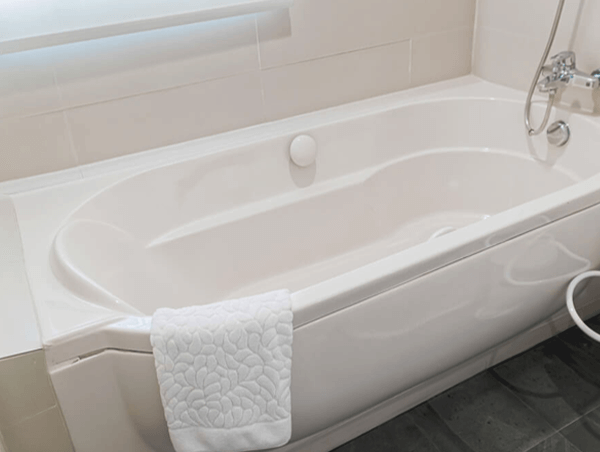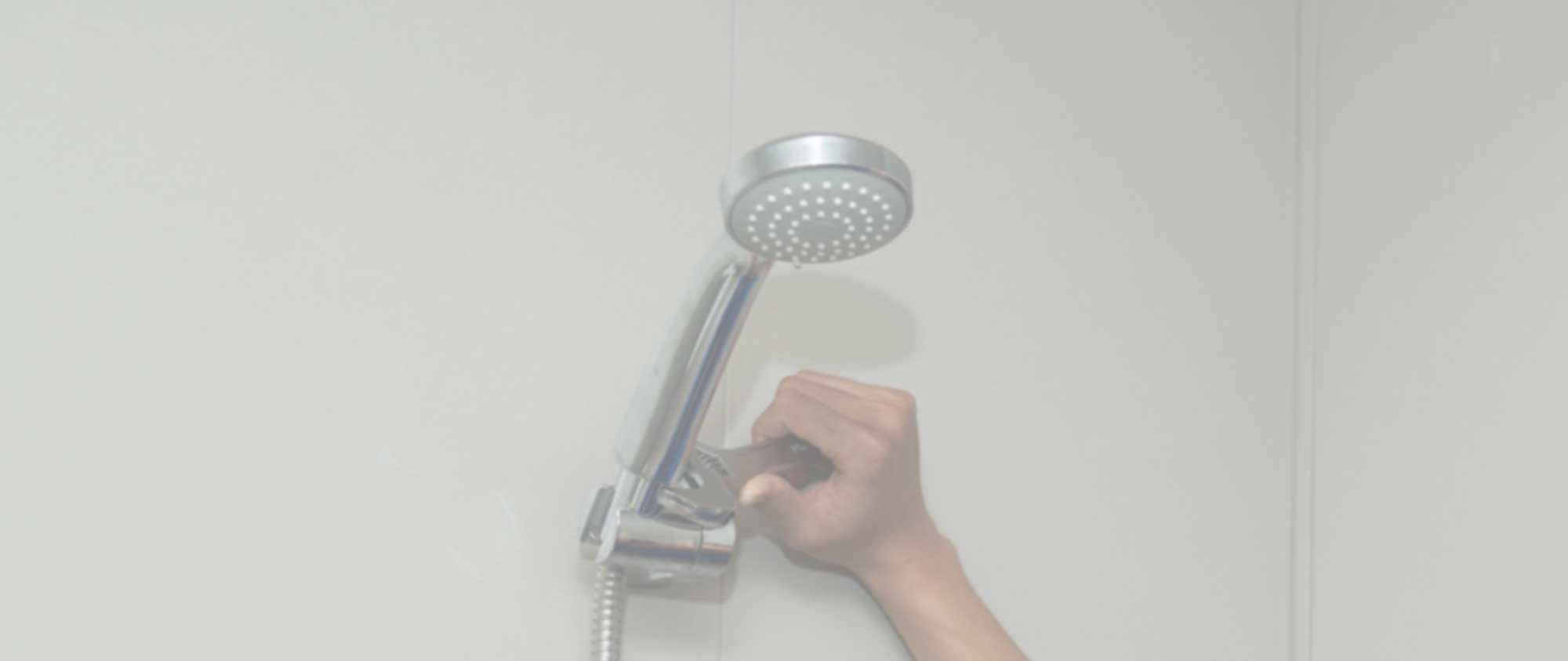Typical Hurdles in Acrylic Bathrooms and Practical Remedies
Typical Hurdles in Acrylic Bathrooms and Practical Remedies
Blog Article
Do you find yourself trying to find additional info about Finding the Right Plumbing Expert?

Acrylic baths, shower trays, and other acrylic washroom ware have become a lot more common in bathrooms in current times. Not as durable and also classy as enamel as well as porcelain baths and components, they are extra inexpensive as well as serve rather a lot the very same standard purpose. Some usual instances of damage to acrylic shower room fixtures consist of discoloration, fractures, openings, etc.
Bath Discoloration
With extended usage of acrylic baths comes discoloration or staining. While some discolorations can be removed easily, making use of special chemicals, others call for that the bath be resprayed. Aromatherapy oils loosen up the dirt in some cases therefore bring back the bathroom to its former magnificence.
Chemical Reactions
In some cases, individuals try to repaint the whole surface area of their acrylic bath by themselves either due to the fact that they do not like the color to hide blemishes. You ought to never ever utilize paint eliminator on acrylic baths. Paint removers do not react with the surface of metal bathrooms, they damage acrylic baths irreversibly.
Scratched shower or bath surface area
Polymer shower room fixtures are not abrasion-resistant like enamel selections. They are extra susceptible to scratches and also much less resilient. Being a really soft product, acrylic scratches can also be concealed without coating or dental filling. For these, you should look for professional assistance for your bathroom repair services. As a prevention idea, avoid utilizing unpleasant sponges when cleaning. Rather, you need to use a basic fluid cleaner with a soft pad.
Fractured Polymer Baths
The life-span of acrylic and fiberglass bathrooms is up to 15-20 years for shower frying pans and also baths, typically. Splits in an acrylic shower tray are probably among the most convenient issues to fix for a fixing specialist. This is the exact same for PVC, resin, and various other such products.
Polymer bathrooms, shower trays, as well as other acrylic restroom ware have come to be extra typical in bathrooms in current times. With extended use of acrylic bathrooms comes staining or staining. You should never ever use paint eliminator on acrylic bathrooms. Paint removers do not respond with the surface of steel bathrooms, they destroy acrylic bathrooms irreversibly. The lifespan of acrylic as well as fiberglass bathrooms is up to 15-20 years for shower frying pans and baths, generally.
How to clean Acrylic shower
USE THESE NON-ABRASIVE CLEANERS
We recommend that you clean your acrylic bathing product made of Delta ProCrylic or Acrylic with Innovex Technology with non-abrasive soaps and cleaners, such as:
Dishwashing detergent Power Bathroom Cleaner CLR Bath & Kitchen Cleaner Formula 409 All-Purpose Cleaner Iron Out Rust Stain Remover When it s time to clean, always use a terry cloth towel, soft cloth or sponge to avoid scratching the acrylic surface. Don t use abrasive scrubbing pads, steel wool or sponges, cause permanent damage to the acrylic material. If you use a drain cleaner or clog remover, be sure to rinse thoroughly with water so no product is left standing near the drain.
Some chemicals and cleaners may deteriorate acrylic surfaces, causing cracks and, potentially, property damage. To avoid this, don t use cleaning products that state on their label that they are not suitable for use on Acrylic, ABS, Polystyrene or Plastic. Be sure to check the label of any product before you apply it to the surface; it s easier to avoid damage than to try to remedy it.
DO NOT USE THESE CLEANERS
Chemicals we do not recommend using to clean acrylic showers/tubs:
Solvents (turpentine, lacquer thinner, mineral spirits, paint thinner, MEK, xylene, acetone, naphtha, etc.) Simple Green All-Purpose Cleaner Pine-Sol Original Scrubbing Bubbles Cleaner Tilex Bathroom Cleaner The Works Tub & Shower Cleaner Lysol with Hydrogen Peroxide Multi-Purpose Cleaner Windex Vinegar Multi-Surface Cleaner Sealant Application Tips
When you re ready to apply sealant, a little planning goes a long way. Pick up some painter s tape and use it to mask off the seam to help make cleaning up easier. When you re applying the bead, use a constant, steady speed to avoid an uneven finish. Use a caulk tool or a plastic spoon to work the sealant into the joint. Wetting the tool with denatured alcohol will help create a smooth finish. Follow the directions on the back of the tube for cure time.
Certain chemicals and cleaners may deteriorate acrylic surfaces, causing cracks and, potentially, property damage. After you re finished applying it, clean up the product surface and remove any excess sealant with denatured alcohol. Don t use solvents (turpentine, lacquer thinner, mineral spirits, paint thinner, MEK, xylene, acetone, naphtha, etc.) that can wreak havoc on an acrylic surface.
With a little care and consideration, you can prevent damage to your acrylic shower or tub. Keep a supply of soft cloths handy and remove any damaging products or abrasive scrubbing items from the bathroom to ensure they aren t around when it s time to clean.
https://www.deltafaucet.com/design-innovation/inspiredliving/how-to-clean-acrylic-shower

As a passionate person who reads on Hiring a Plumbing Expert, I figured sharing that post was a good thing. Do you know somebody who is in to Hiring a Plumbing Company? Feel free to share it. Many thanks for your time invested reading it.
Efficient help? Call! Report this page